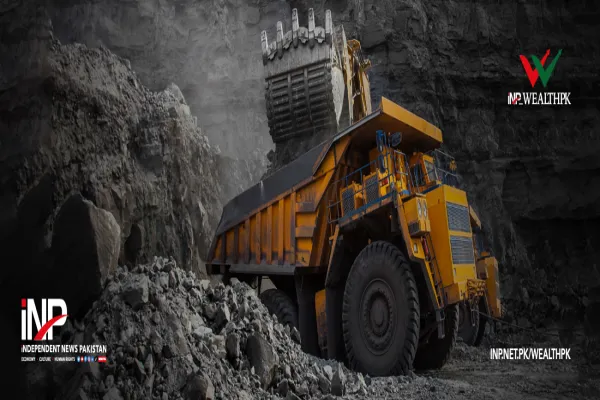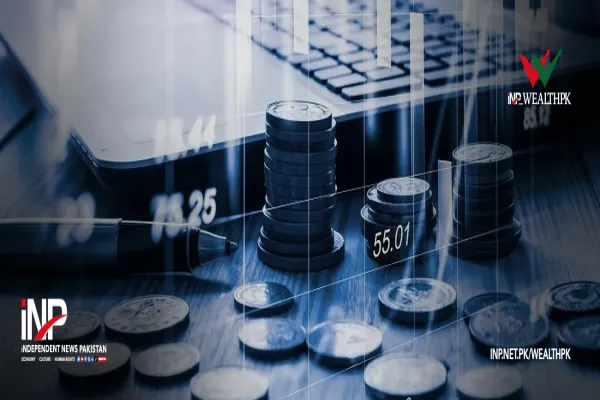i INP-WEALTHPK
Qudsia Bano
A government push to link financial support for state-owned enterprises (SOEs) with measurable performance indicators is being described by experts as a long overdue but necessary move to enhance efficiency and ensure fiscal discipline, WealthPK reports.

Talha Khan, a financial analyst at Next Capital Limited, called the new policy framework “a long-awaited correction.” “Unconditional bailouts have removed the incentive for SOEs to innovate or reform. There has been no pressure to improve because the money kept coming. Tying funds to performance forces these entities to prove their worth,” he said.
Sana Ameen, a senior researcher at the Policy Research and Advisory Council, said this model could help the government distinguish between viable enterprises and those that should be restructured or privatized. “It’s a step toward smarter resource allocation. Using tools such as the Altman Z-score and risk-based financial analysis enables better decision-making based on real financial health rather than assumptions,” she said.
In a notable shift from past practices, the federal government has proposed that all financial support for SOEs should be conditional upon meeting targets such as Return on Invested Capital (ROIC), Economic Value Added (EVA), and adherence to Environmental, Social, and Governance (ESG) standards. The move comes in response to persistent inefficiencies in public sector entities, many of which continue to operate at a loss despite years of subsidies, grants, and equity injections.
The policy aims to end the cycle of dependency and push SOEs toward financial and operational viability. Instead of sustaining loss-making entities indefinitely, government funding will now require proof of impact and efficiency. Oversight bodies like the Cabinet Committee on State-Owned Enterprises (CCoSOE) will also have access to real-time data, performance dashboards, and sector-specific benchmarks, enabling them to make informed funding decisions.
Experts say this signals a major mindset shift. Unlike private firms, SOEs have historically operated in an environment shielded from competitive and financial pressures. That protection has not only cost the public exchequer heavily but also stifled innovation and discouraged meaningful reform.
Official records show that Pakistan’s SOEs have a significant footprint in strategic sectors such as power, transport, and aviation, yet their contribution to GDP remains minimal. According to internal government assessments, nearly 70 percent of SOEs have recorded losses in recent years.
Critics argue that continued public funding without accountability has reinforced poor management and financial misgovernance. The government hopes that the new performance-linked funding model will gradually reduce fiscal pressure, enhance the competitiveness of state-run entities, and ensure they are aligned with national development priorities.
The emphasis is not only on short-term results but also on building long-term sustainability into the public sector. If effectively implemented, the framework could help rebuild public trust in SOEs and ensure that the taxpayer money is invested where it can generate real economic value.
Credit: INP-WealthPk









